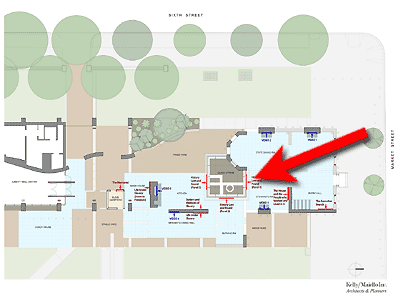History Lost and Found
MAKING HISTORY
History is not neat. It is complicated and messy. It is about people, places and events which have both admirable and deplorable attributes. This also is the case with the story of this house. While important moments in the early history of the nation took place here, so did less positive ones such as the use of enslaved individuals to operate it. This is not always pleasant to acknowledge, but it is an important and controversial aspect of the significance of this place.
One of the challenges of telling the story of free and enslaved African Americans in Philadelphia and elsewhere has been the difficulty of locating information about their lives. They did not leave behind many records. The process of enslavement often denied them the ability to learn to read and write, took away their names, and permanently separated family members all of which made it difficult to retain records or genealogical connections. Connected to the story of this house are important insights into the lives of the enslaved people who occupied it.
If we are to better understand how a nation founded on democratic principles could also embrace slavery it is important to explore what it meant to everyone, black and white, who were a part of this contradiction. It is an opportunity draw lessons from the past which might help make us better as we move to the future.
CONFLICT AND COLLABORATION
The site of the President’s House had been ignored or overlooked as the National Park Service and the City of Philadelphia focused on the restoration of Independence Hall and the Liberty Bell Center. But, in the shadow of the Mall, there was another story — the one of slavery — that had yet to be told. It was buried both literally and figuratively right in front of our eyes. Excavation of this site uncovered the space President George Washington had designated for household servants and some of the enslaved Africans he brought here from his Virginia plantation, Mount Vernon.
An interdisciplinary team had been creating a traditional interpretation for this site when some historians, scholars and the public insisted on an expanded vision. Now it has been transformed into a space that explores the history of the new nation when Philadelphia was the capital from 1790 to 1800, as much as it honors the lives of enslaved Africans whose voices had been stilled. Neither tells the entire story; together they create a more truthful portrait.





